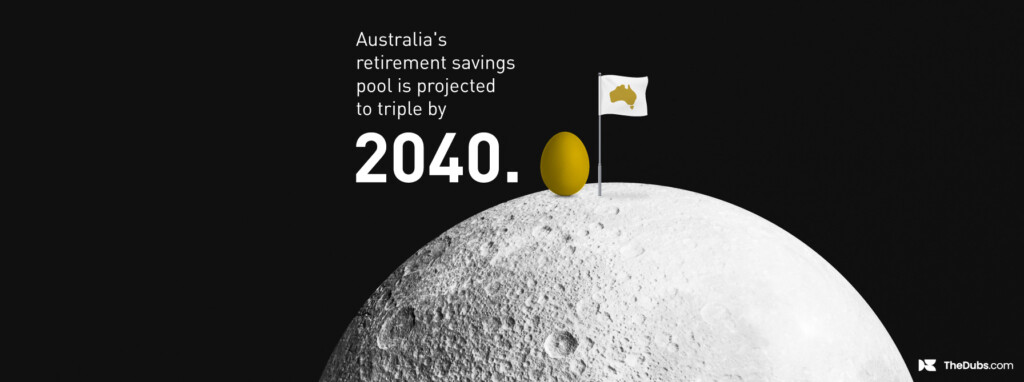In Part 2 of her budgeting series, Sarah Dunning, NSW Chair of the Australian Marketing Institute, says there are four key questions you need to ask when you’re charged with managing a campaign budget.
How many times have you been asked to demonstrate that you’re delivering value? Do you know how to measure success in a marketing environment?
There are four key questions you should be asking – and answering – in order to build a Return on Investment (ROI) model that shows how you are generating value:
1. What does your customer want or need?
2. What is the sales process?
3. What are the campaign details?
4. What is the Return On Investment?
What does your customer want or need?
Sounds obvious but in fact isn’t necessarily. Often you may have been asked to run a campaign by someone in another department or senior to you. At this stage of campaign planning you owe it to the broader business, and yourself, to establish that there really is a customer need. Get facts and figures – whether it be research or data analytics – just do it. If you don’t understand your task fully or know why you’re doing the campaign in the first place, things will unravel down the track. And maybe, just maybe, the campaign might not be a goer because customers aren’t interested. So with data at your fingertips you can have a constructive discussion.
Where should you target ROI? As a rule, for every $1 spend you should make $3
What is the sales process?
This is important to understand as there may be multiple touchpoints to access in a customer journey. Even more important is knowing the inflection points of customer decision making. Are they becoming aware of your brand or product? Are they considering options and deciding preferences, or are they ready to take action and buy? Understanding the sales process and where you can help the customer with their decision making is vital to campaign success and will also provide insight into the campaign cost. It can also really help to talk the sales team’s language so you get their buy-in.
What are the campaign details?
Do not ever underestimate planning. Really think about where you need to be in the customer journey, what other campaigns your customers may be seeing from either your business or your competitors, what channels are they getting information from, and how much it costs to reach each customer. Again, check the facts and get the numbers. Research how your customers have responded to previous campaigns and take the time to understand why they have behaved that way.
What is the Return on Investment?
This is the point where the rubber hits the road. Get all of your costs together and make some assumptions, based on fact, about conversion rates. Costs can include:
• Creative development and production (agency)
• Choice of communications channel
• Media
• Internal communications
• Volume of customers
Sometimes you may not have all of the data. If you don’t, make some assumptions based on the facts you have and talk with your stakeholders/leaders to gain agreement on what those numbers should be. Product profitability, lifetime value of customers and take-up rates all need to be factored in.
It really is critical when you’re developing your budget to have it in a format that is easy to manoeuvre – my favourite is Excel. Put all your assumptions in one place, use that as the source for your formulas and then you can easily change them. Because change they will!
Then you have it. If I spend $x, and y customers take up the offer and it delivers $z per product/service to the business then I have a ROI.
Where should you target ROI? As a rule of thumb for every $1 spend you should make $3. Remember if you haven’t costed your time in (or others in the business) you could end up negating any value achieved through doing the campaign.
Now you’re ready to get approval and go – or not. It’s time to knock the ball out of the park!
Read the other two articles in this marketing budget series:
MARKETING BUDGETS PART 1: HOW TO STAY IN THE DRIVER’S SEAT
MARKETING BUDGETS PART 3: HOW DO YOU BEST SPEND THE MONEY?
Subscribe now for content marketing insights and trends straight to your inbox.









